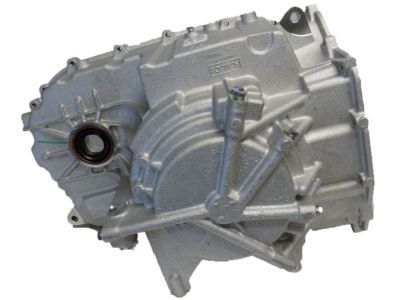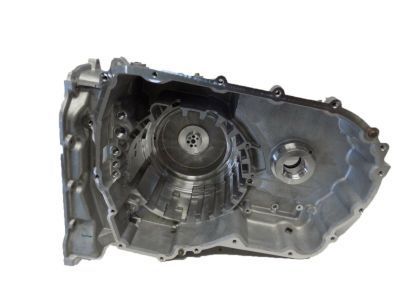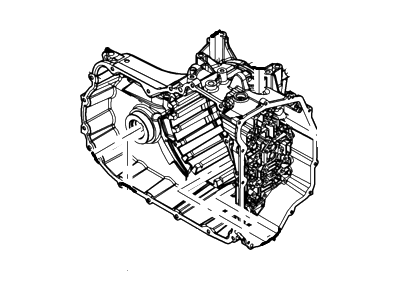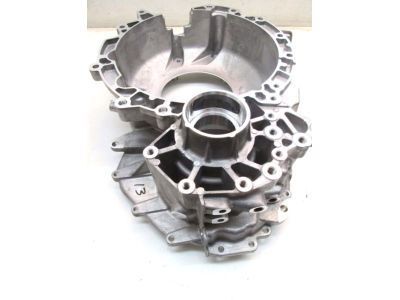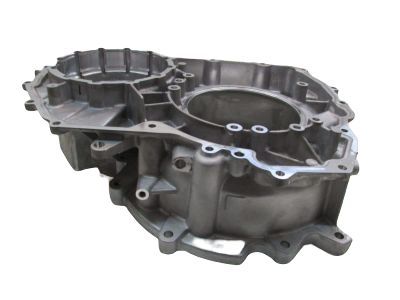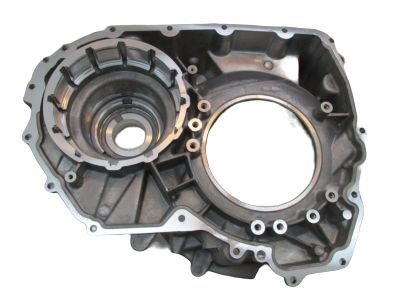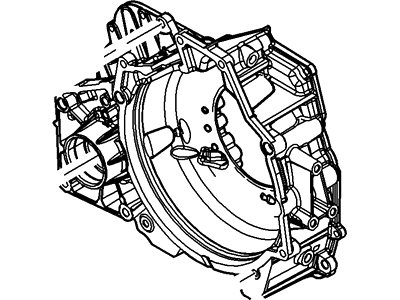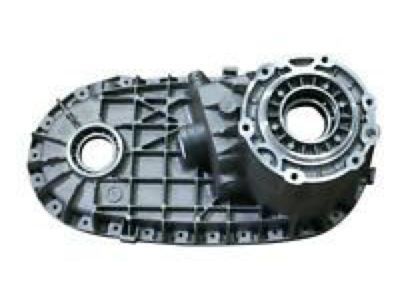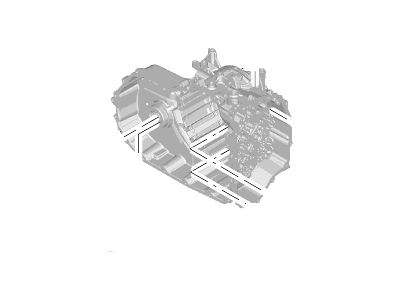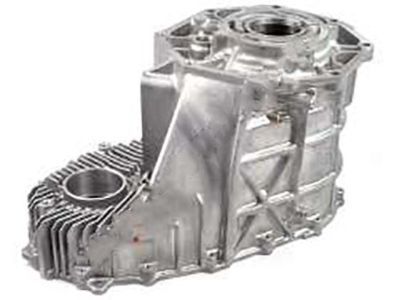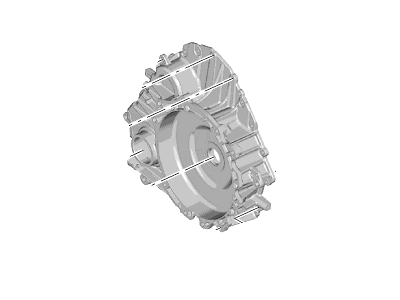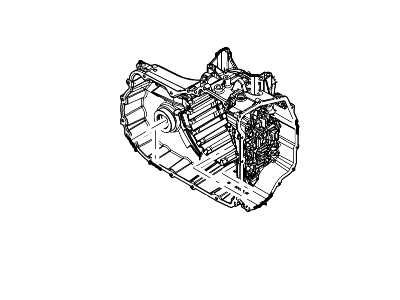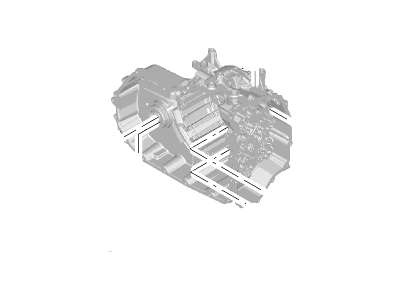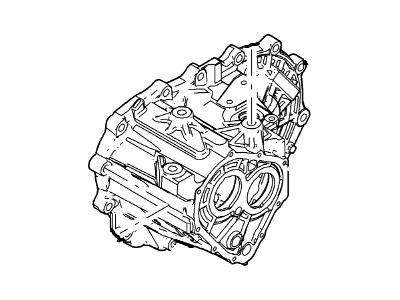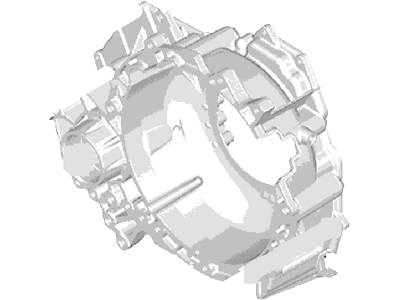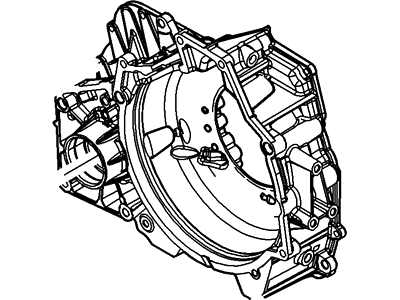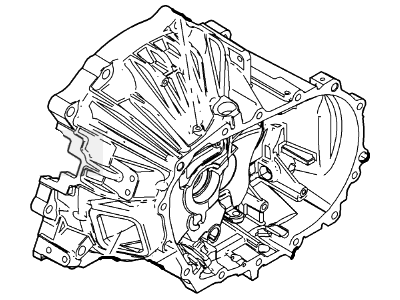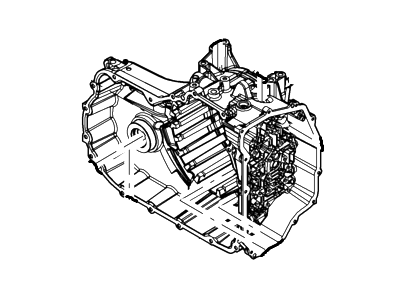

My Garage
My Account
Cart
Genuine Ford Fusion Transfer Case
Speed Transfer Case- Select Vehicle by Model
- Select Vehicle by VIN
Select Vehicle by Model
orMake
Model
Year
Select Vehicle by VIN
For the most accurate results, select vehicle by your VIN (Vehicle Identification Number).
14 Transfer Cases found
Ford Fusion Transmission Case Assembly
Part Number: 9L8Z-7005-A$1687.32 MSRP: $2343.98You Save: $656.66 (29%)Ford Fusion Converter Housing Assembly
Part Number: BB5Z-7005-A$479.12 MSRP: $652.31You Save: $173.19 (27%)Ships in 1-3 Business DaysFord Fusion Transmission Case Assembly
Part Number: EG9Z-7005-G$258.77 MSRP: $352.31You Save: $93.54 (27%)Ships in 1-2 Business DaysFord Fusion Transmission Case Assembly
Part Number: EG9Z-7005-B$258.77 MSRP: $352.31You Save: $93.54 (27%)Ships in 1-2 Business DaysFord Fusion Converter Housing Assembly
Part Number: DG9Z-7005-C$348.04 MSRP: $473.85You Save: $125.81 (27%)Ships in 1-3 Business DaysFord Fusion Transmission Case Assembly
Part Number: CV6Z-7005-D$677.60 MSRP: $930.77You Save: $253.17 (28%)Ships in 1-3 Business DaysFord Fusion Transmission Case Assembly
Part Number: EG9Z-7005-A$292.32 MSRP: $401.54You Save: $109.22 (28%)Ships in 1-3 Business DaysFord Fusion Transaxle Case Assembly
Part Number: 9E5Z-7005-AA$130.80 MSRP: $181.70You Save: $50.90 (29%)Ships in 1-2 Business DaysFord Fusion Converter Housing Assembly
Part Number: CV6Z-7005-B$361.60 MSRP: $492.31You Save: $130.71 (27%)
Ford Fusion Transfer Case
We provide a wide range of Ford Fusion Transfer Case at the best prices possible. If you need Ford Fusion Transfer Case, you can shop with confidence on our website. All our OEM parts come with a manufacturer's warranty and are delivered to your door step with a fast delivery service.
Ford Fusion Transfer Case Parts Questions & Experts Answers
- Q: How do you remove and install the transfer case on Ford Fusion?A:Models equipped with V6 engines are offered with optional All Wheel Drive (AWD), where the transfer case sends power to the rear differential and rear drive axles. Begin by removing the wheel cover or hub cap, then break the hub nut loose with a socket and large breaker bar before loosening the wheel lug nuts. Raise the front of the vehicle and support it securely on jack stands, then remove the right wheel. Unbolt the front portion of the driveshaft and suspend it from a piece of wire, ensuring it does not hang from the center support bearing. For 1.5L, 1.6L, and 2.0L models, remove the charge air cooler (CAC) inlet and outlet tubes. Next, remove the right drive axle and intermediate shaft, followed by the right side catalytic converter. Remove the two bolts securing the transfer case to the support bracket and the three bolts securing the transfer case support bracket to the engine. Support the transfer case with a suitable jack, then, working on the right side, remove the three transfer case-to-transaxle mounting bolts, followed by the final two mounting bolts on the left side. To remove the transfer case from the vehicle, rock it until it comes free of the transaxle. Installation is the reverse of removal, ensuring to install a new compression seal to the case, tighten the exhaust system fasteners, tighten the new driveshaft fasteners, and tighten the transfer case fasteners to the specified torque. Refill the transfer case with the proper type and amount of fluid, and finally, tighten the wheel lug nuts to the specified torque.
